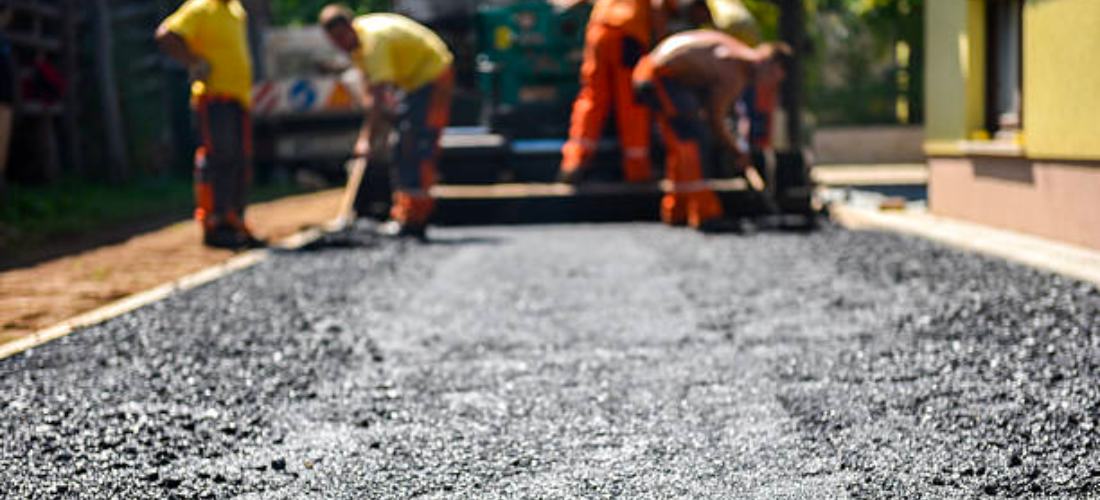What is a bituminous road?
The surface of a bituminous road is made of bituminous materials, often known as asphalt. It is a viscous, sticky liquid derived from natural sources such as crude petroleum.
Bituminous pavements are built in layers such as foundation, binder, and face course. These layers are composed of various materials and serve various purposes in bituminous surface treatment of road.
Precautions for Bituminous Surface Constructions:
- Bituminous surface treatment road procedures should not be performed in cold or rainy conditions, or both. While performing the task, the surface must be clean and dry.
- Before beginning the operation, the ambient temperature should be at least 10°C in the shade and increasing.
Various Bituminous Surface Types
- Sealing Coat:
Seal coat is mostly used as a topcoat on the impermeable surface of bituminous pavements. Over the premixed carpet, a pre-mixed sand bitumen (hot mix) seal coat is usually utilized. The primary function of the seal coat is to prevent water penetration and to generate a skid-resistant texture.
It helps in creating a waterproof surface. It increases nighttime vision and creates a skid-resistant texture. Increasing the wear resistance of an existing road surface.
- The Prime Coat:
It is the first time a low viscosity liquid bituminous material has been applied over an existing porous surface. Priming’s major goal is to fill up the road gaps of the porous surface with a low viscosity binding substance. Depending on the porosity of the surface, most appropriate grades of prime coat and method of bituminous surface treatment of road is chosen.
The primary function is to increase adhesion between the prior base and the wearing surface. It also binds dust and loose particles together in order to create a hard and durable surface. This coat creates a temporary barrier to keep surface water from reaching the surface.
- Surface Treatment:
Bituminous surface treatment of roads is the application of two or more coats of bituminous materials to a prepared base. This coat is made up of bituminous binders that are sprayed on top of chipped aggregates that have been appropriately rolled.
It inhibits the loss of binding material as well as road damage caused by waterproofing effects. Because it decreases dust annoyance, roads may be readily cleaned and washed. A smooth road surface decreases tyre wear and tear.
Types of Bituminous Surface treatments of roads:
- Single Bituminous surface treatment
The bituminous surface is created by adding bitumen to a prepared surface once and immediately rolling it, preferably using a pneumatic-tired roller.
- Multiple Bituminous Surface Treatments
In this sort of treatment, bitumen is used in two or three layers, with aggregate size typically decreasing with each application. Each layer is rolled right away, preferably using a pneumatic-tired roller.
- Tack Coat:
Bituminous material is applied over an existing impermeable pavement surface that has already been primed. Tack coat has a greater viscosity at a rate of kg/10m2 depending on the surface of the existing road.
It is offered to strengthen the current impermeable base’s connection with the wearing surface.

